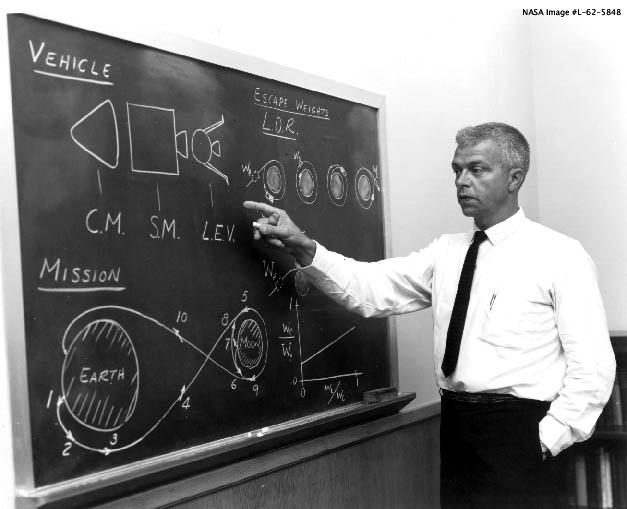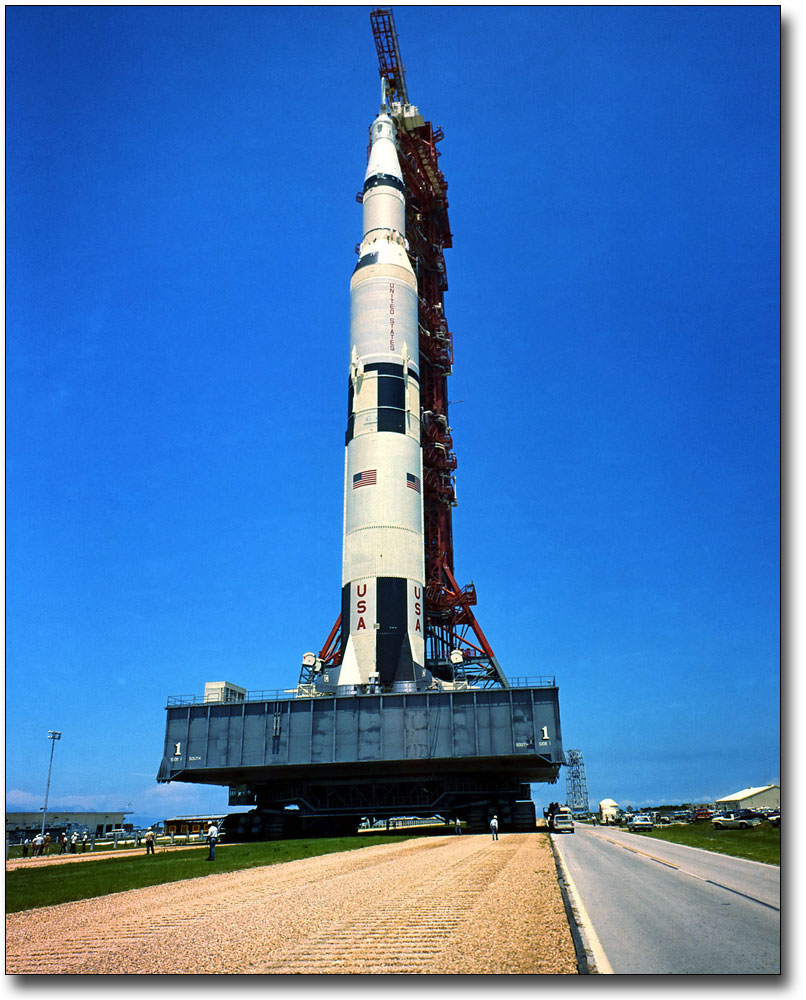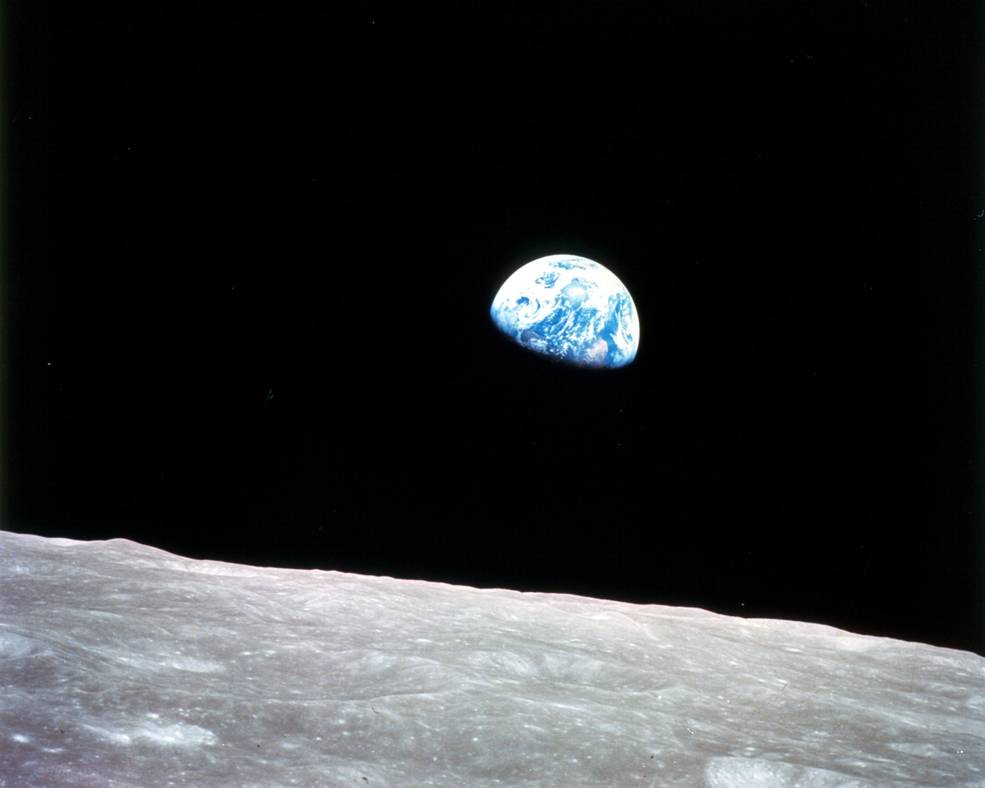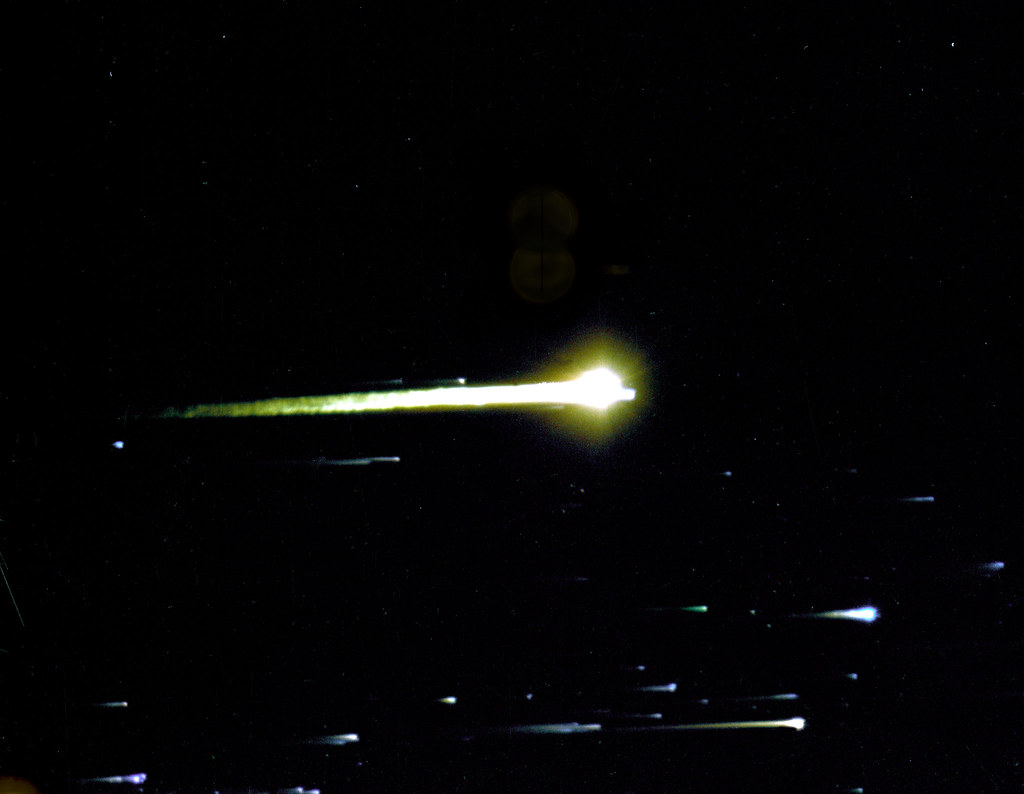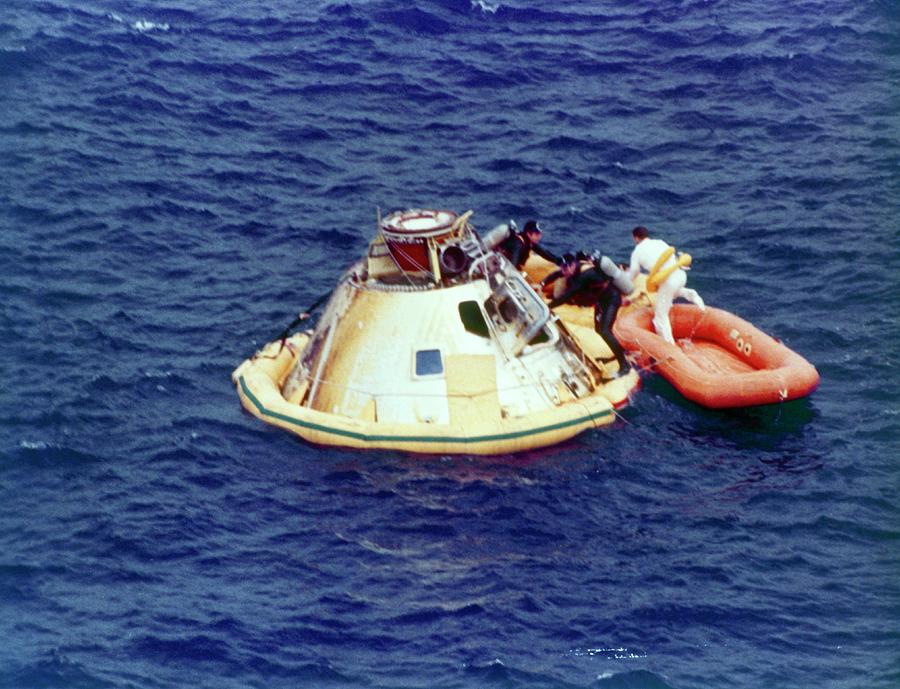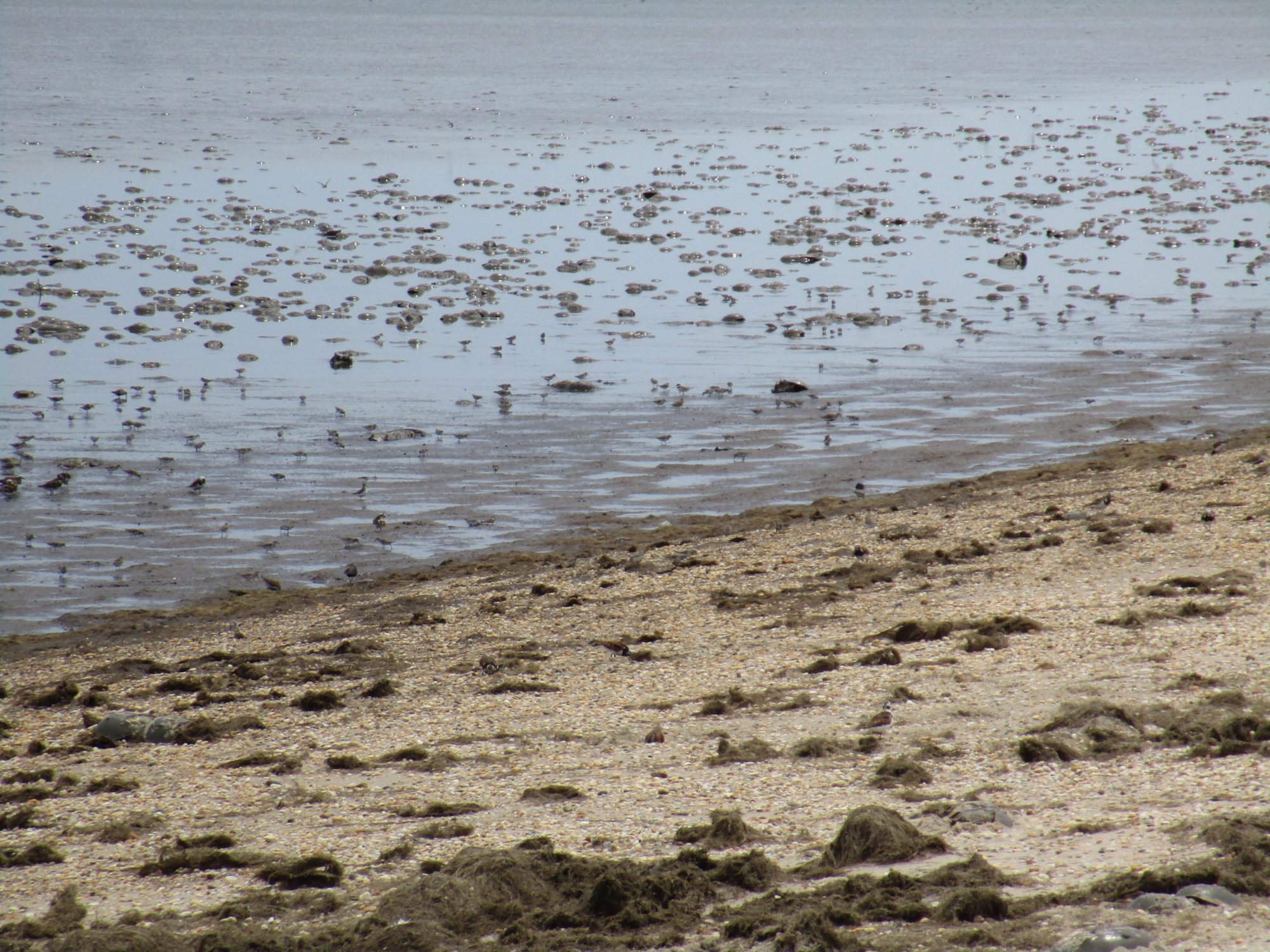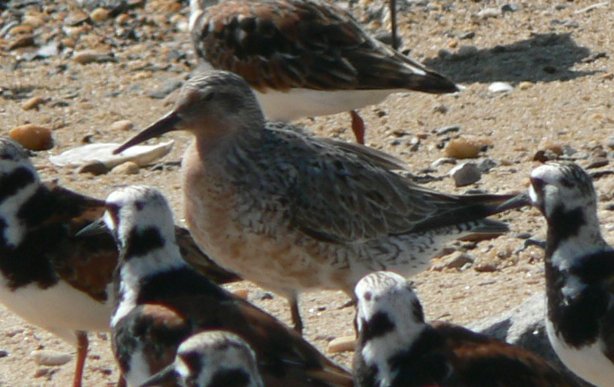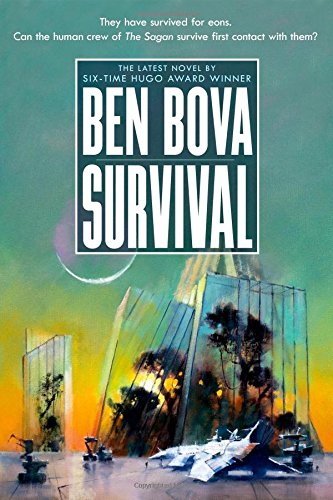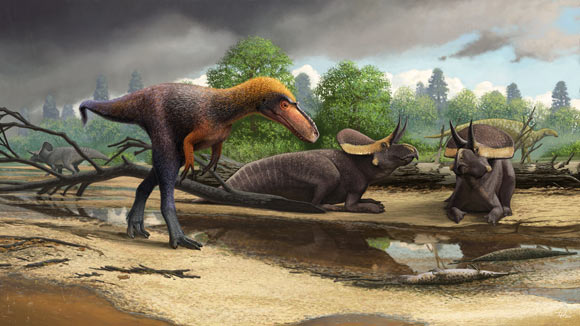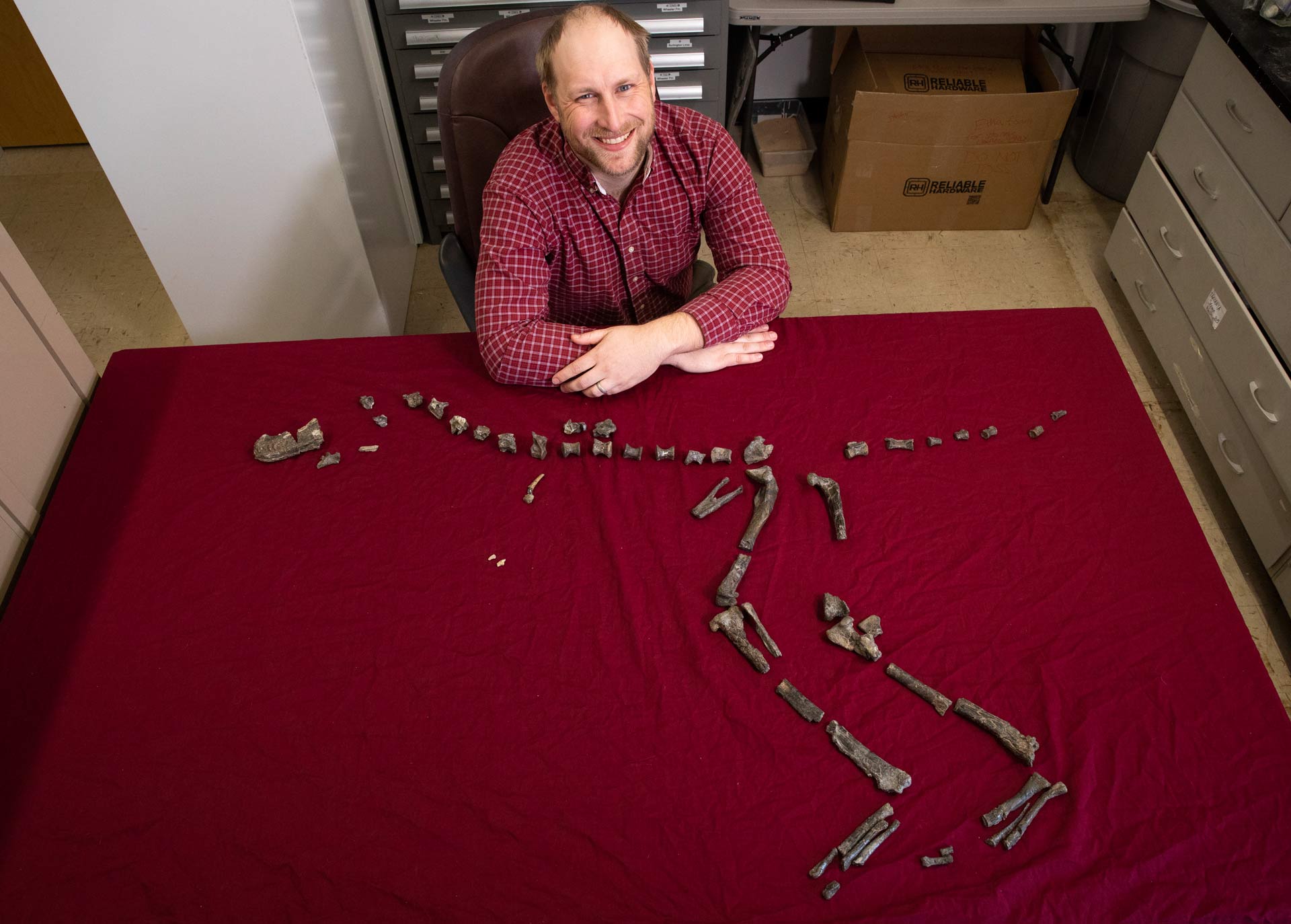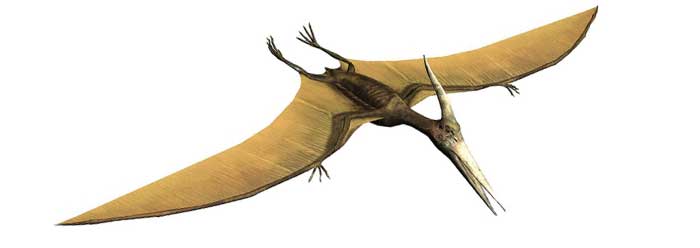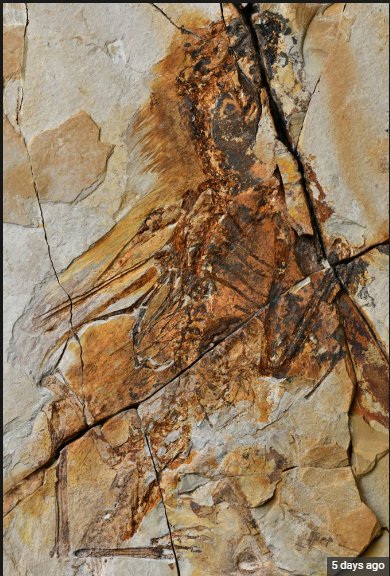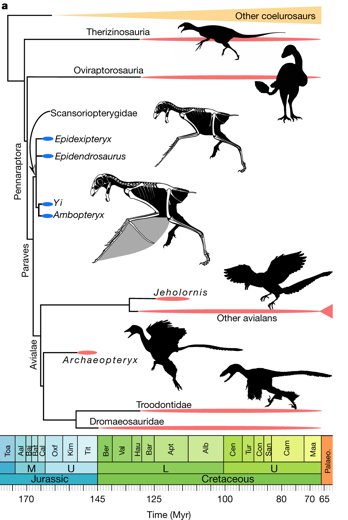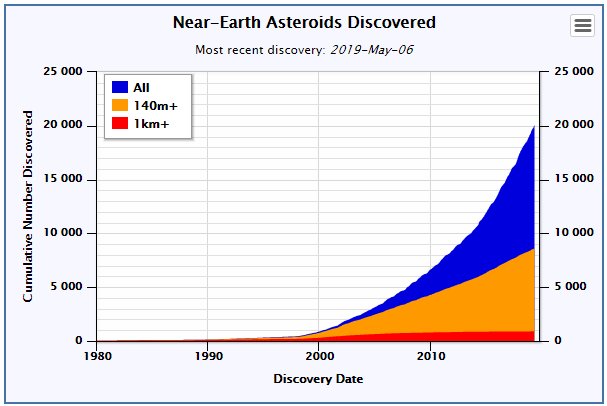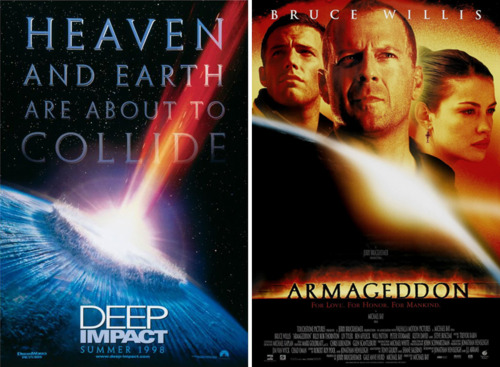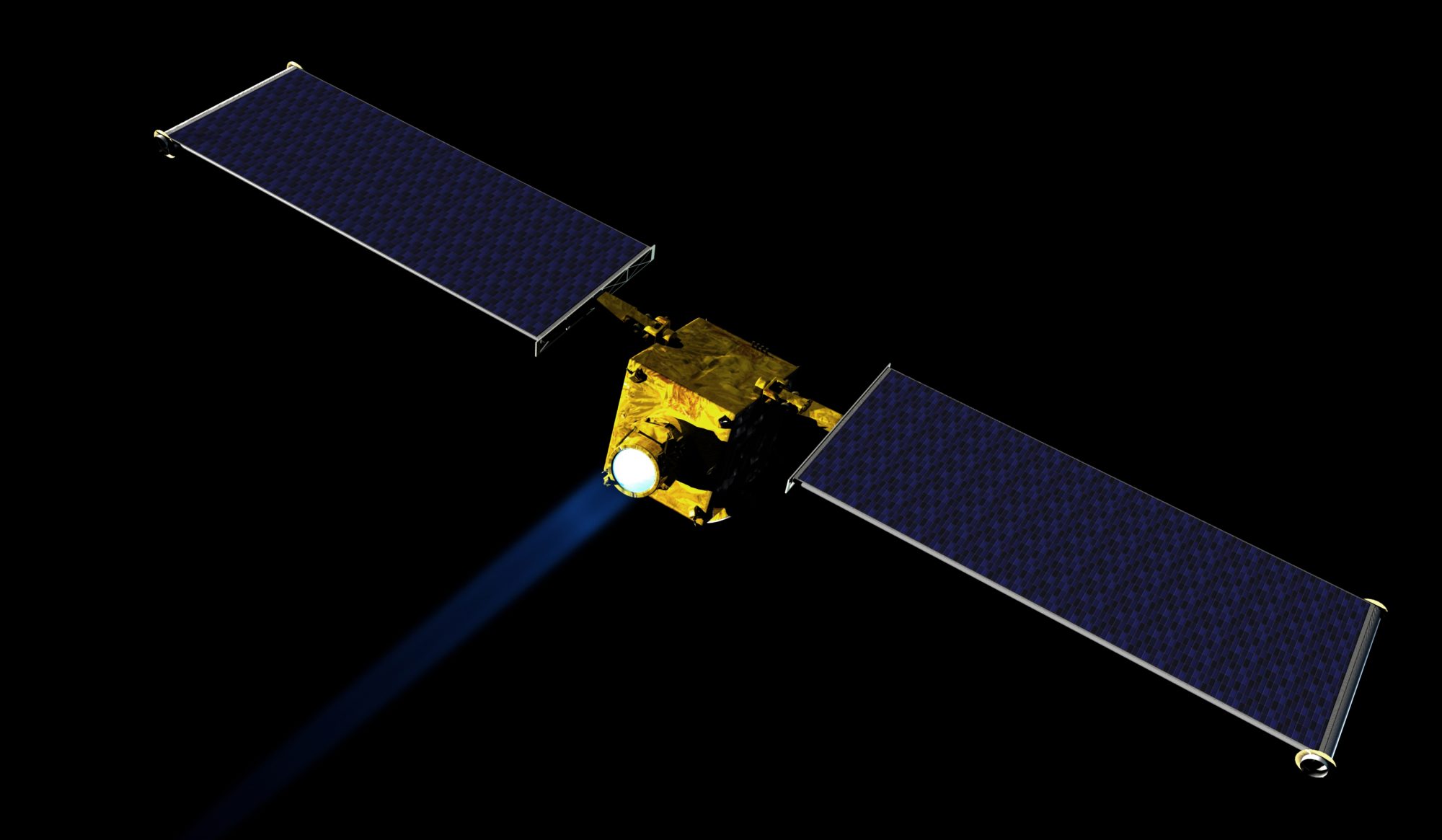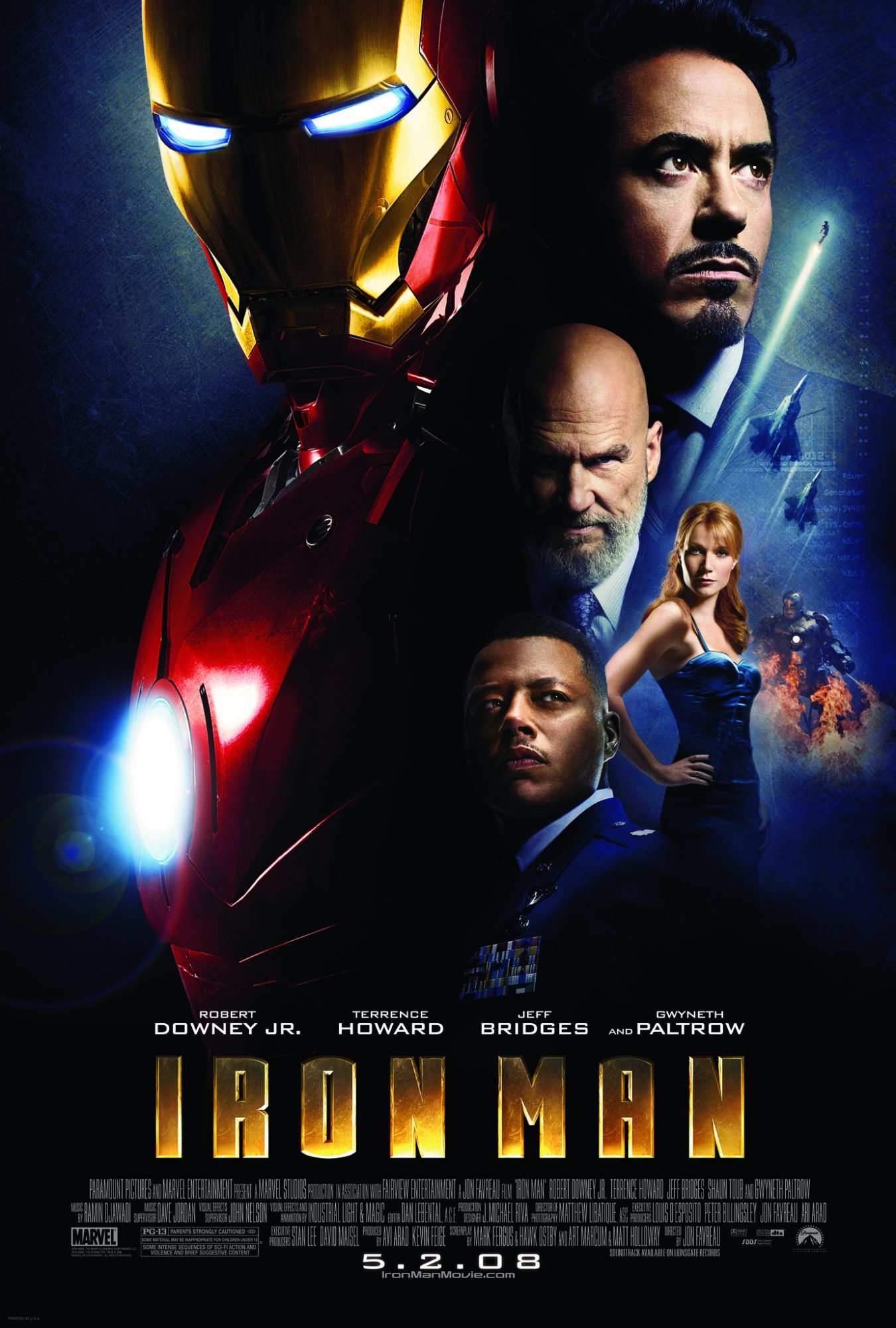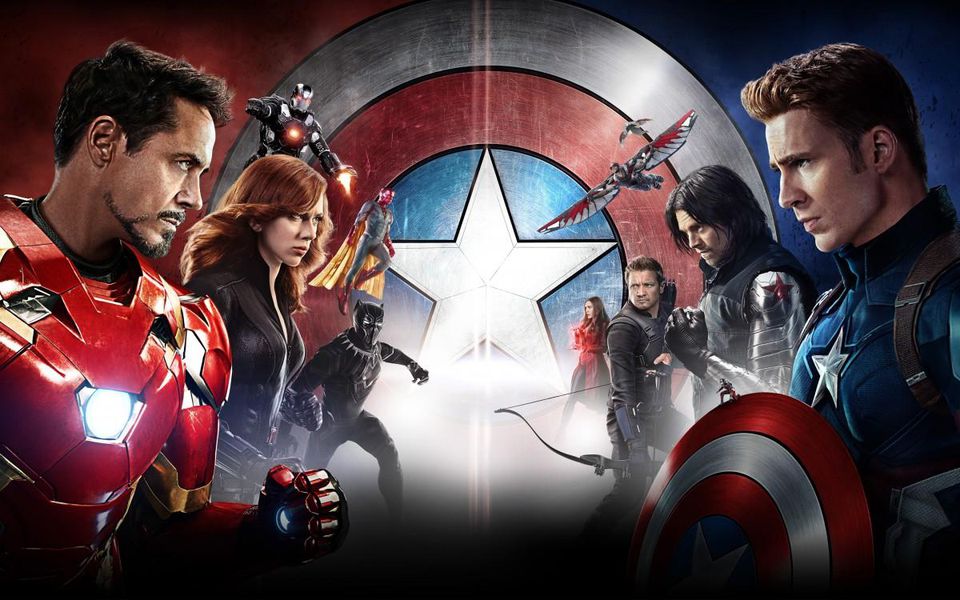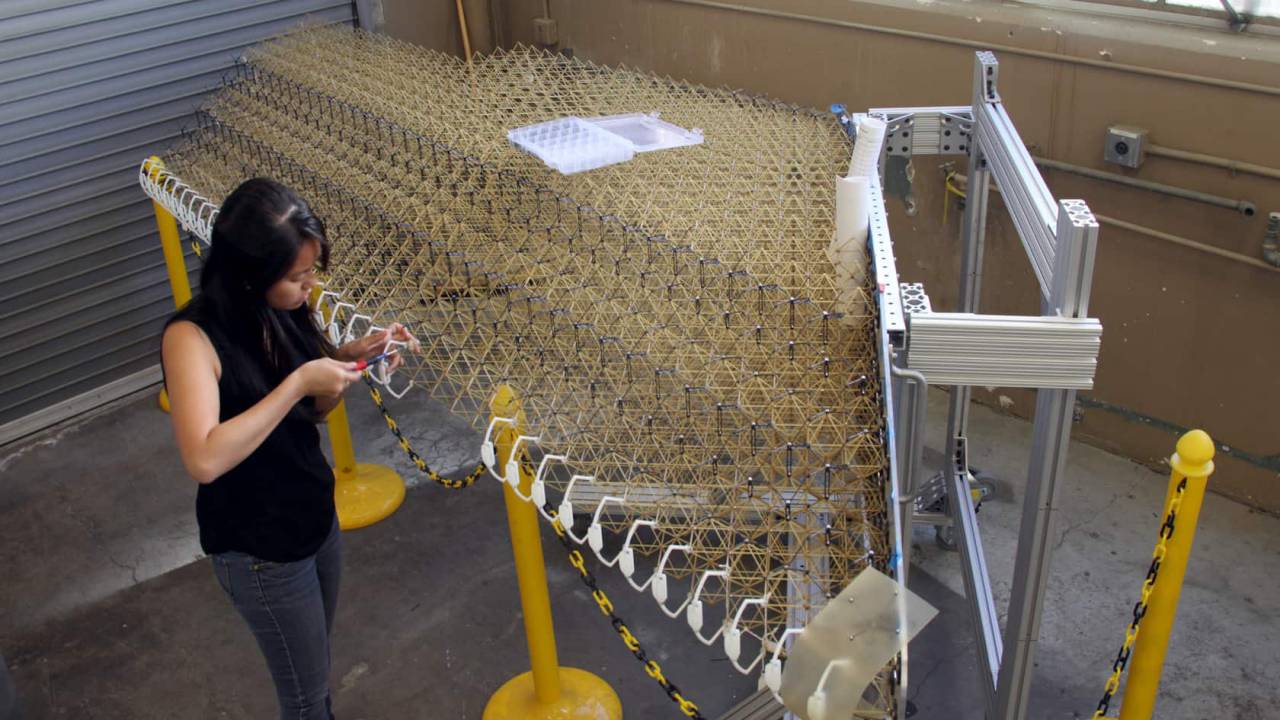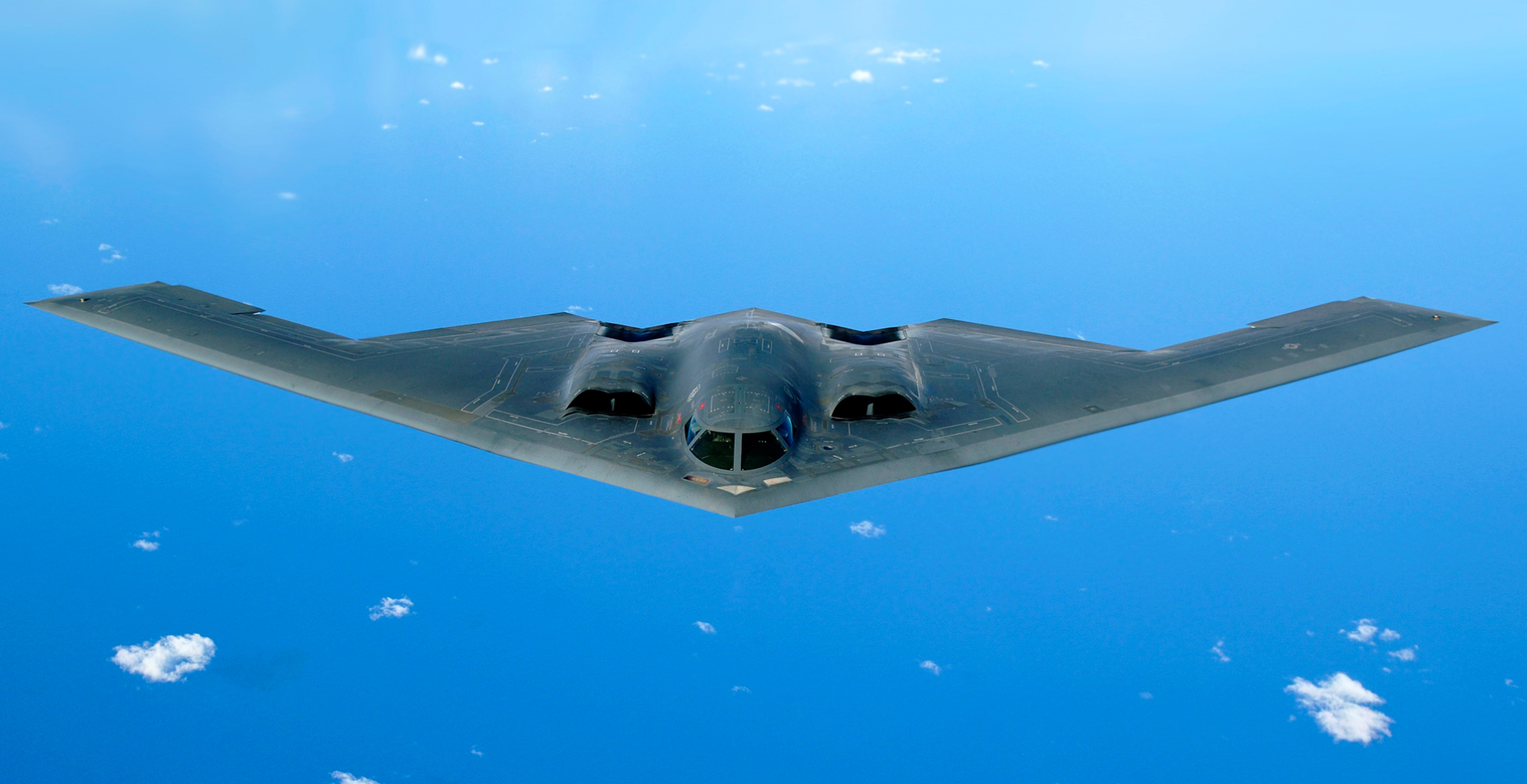Hopefully it’s not just because the 50th anniversary of the Apollo 11 Lunar landing is coming up in a few months but I’m certain that you’ve noticed there’s been a lot of talk about humans returning to the Moon recently. With that in mind I think I’ll use this month’s installment of Space news to offer my two cents worth.
Back in March NASA was officially tasked by the Trump administration with developing a plan for returning American astronauts to the Lunar surface by the year 2024, hardly enough time to prepare a robotic mission let alone a manned one. That detailed plan has now been released and the new Lunar program has a name at least, Artemis the Greek Goddess of the Moon and the twin sister of Apollo.
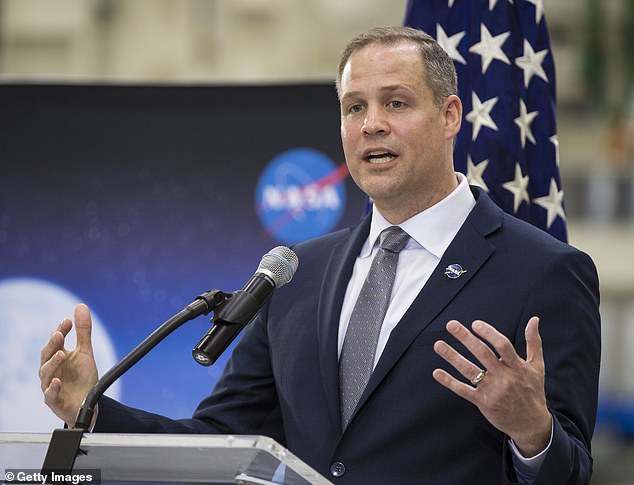
Now to be honest, this time NASA doesn’t have to start from scratch as they did back in the 1960s. With the Space Launch System (SLS) and the Orion crew vehicle the space agency has two of the three major components of an updated Apollo program almost ready to fly. Almost ready, as in both programs have encountered significant delays already and are several years behind schedule.


Still, the SLS and Orion are expected to undertake their first missions in 2020 so really all NASA needs to put astronauts back on the Moon is a new version of the Lunar Module (LM). You would think that if they concentrate their efforts on producing a LM five years should be enough time to develop one. In fact Lockheed Martin has already prepared some initial designs for just such a Lunar lander so there would be no need to start from scratch.
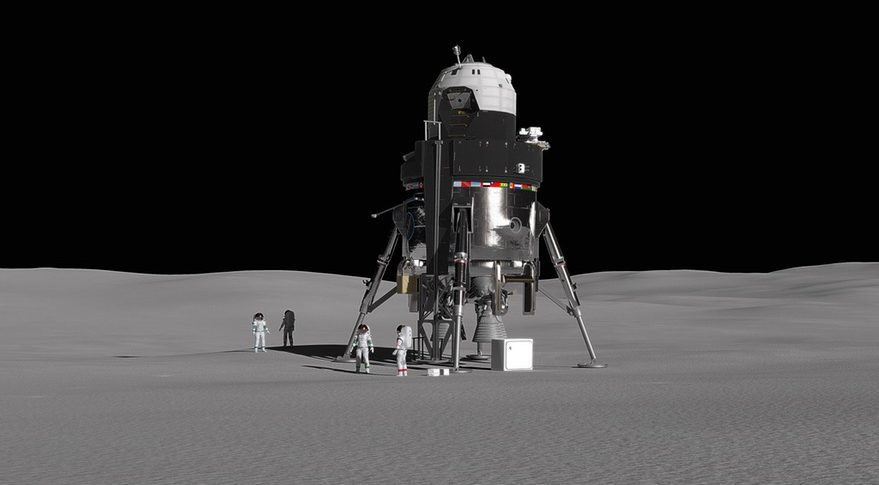
Problem is that NASA also wants to construct a space station in Lunar orbit called the Deep Space Gateway and building that could require several times the effort needed for just a new LM. The idea is for the Gateway to serve as a place to park a reusable LM module as well as conduct long-duration missions in deep space. See my post of 31Dec2018.
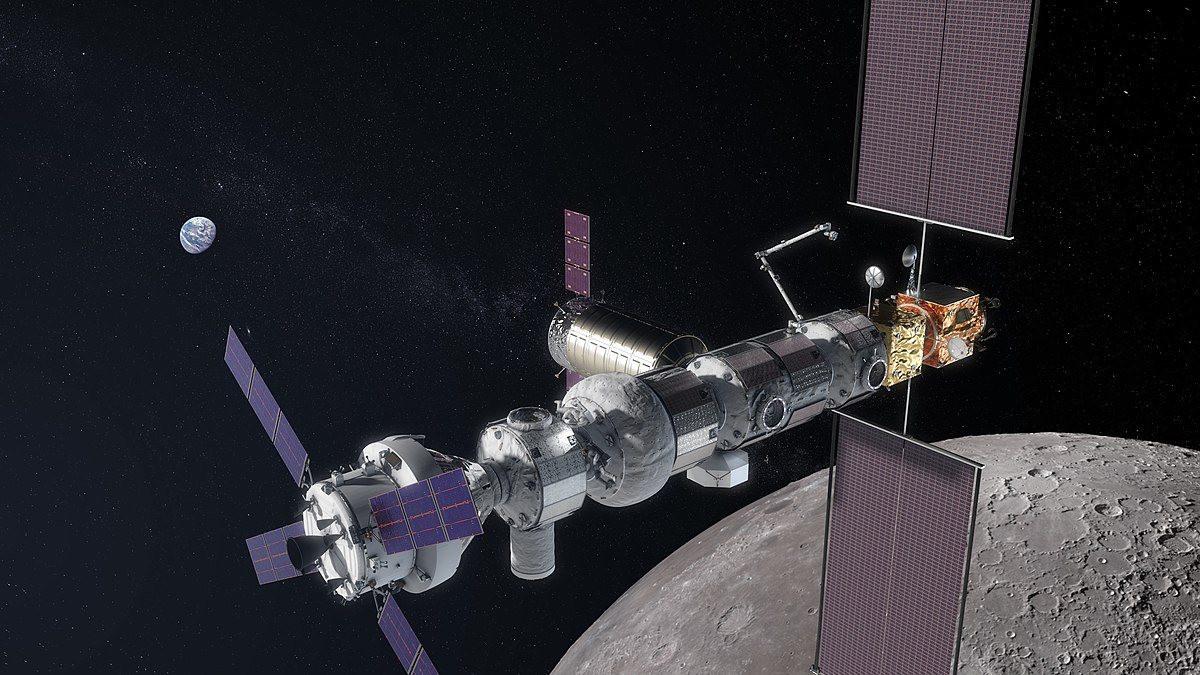
The complete Artemis program proposed by NASA is both boldly ambitious in scope and detailed in its planning. In addition to meeting Trump’s goal of a manned landing by 2024 the plan continues beyond that with one manned landing each year and concludes in 2028 with the establishment of a semi-permanent Lunar base. The total plan requires 37 launches in all, a mixture of SLS and Commercial Launch Vehicles (CLVs) like the Space X Falcon 9 or Falcon Heavy. Most of the missions will not in fact be manned but rather robotic spacecraft that will place equipment in either Lunar orbit or on the Moon’s surface.
The only thing missing now is of course the MONEY! While the full Artemis program should not cost as much as the Apollo program did, adjusting for inflation, it’s still going to require a major increase in NASA’s budget. All at a time when the Federal Government has virtually ground to a halt due to partisan bickering, a time when the yearly federal deficit is over a trillion dollars, and next year is an election year!

In order to get the ball-rolling Trump has promised to add another $1.6 Billion to NASA’s 2020 budget. That could pay for perhaps one of the 37 missions but hold on, he needs congressional approval even for that small increase.
A better sign of progress was NASA’s awarding of a contract to begin construction of the first of the Gateway modules to Maxar corporation. The $375 million dollar contract is for the design and development of the Power and Propulsion Element (PPE), obviously a critical section of the planned space station.
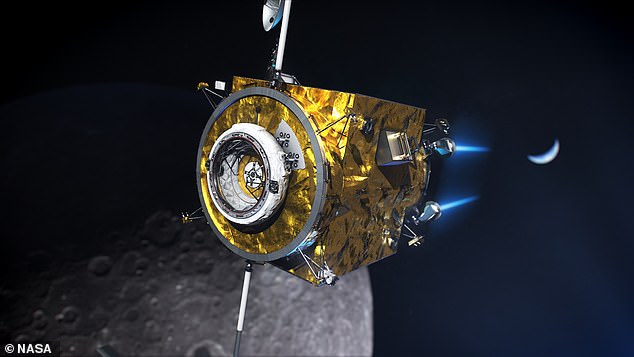
Still I have to admit that I don’t hold much hope for Artemis. In terms of an outline for an engineering project it’s first rate but there simply isn’t the political will in this country to get it done. We’ve been down this road before; George H. W. Bush directed NASA to go to Mars but never funded it. George W. Bush wanted to go back to the Moon but never funded it. Bill Clinton just wanted to build a Space Station but at least that got built.
Large-scale scientific project like manned exploration beyond Earth orbit require a long-term commitment by the politicians holding the purse strings. With our present political mess I see little hope of the kind of commitment needed any time soon!
What I’m most afraid of is that a year or so from now, when the hoopla and nostalgia of the 50th anniversary of Apollo 11 is past the current plans for a return to the Moon will all be forgotten and nothing will have been accomplished.



